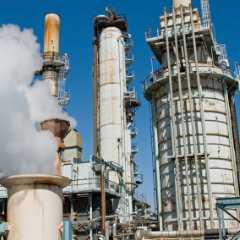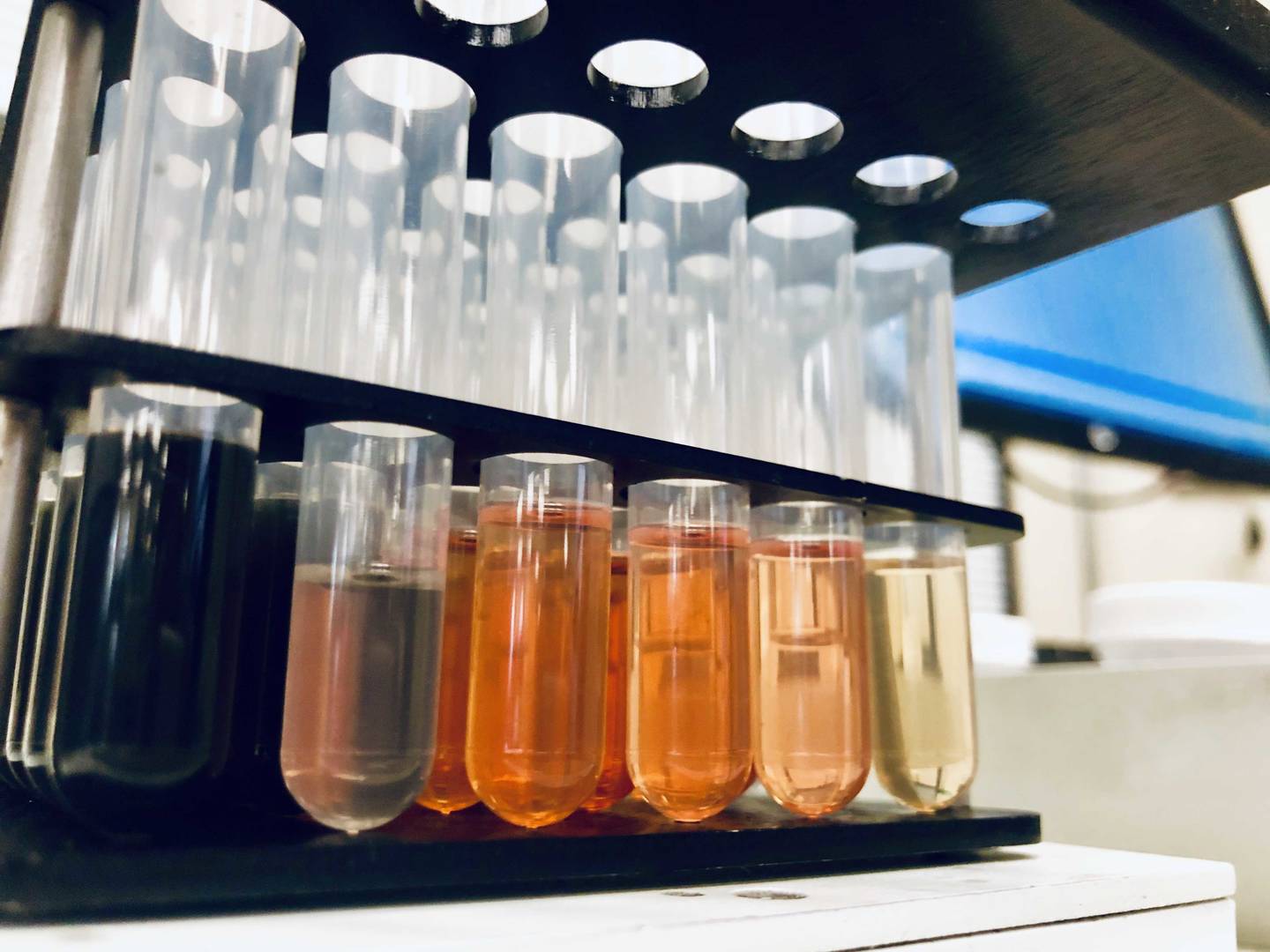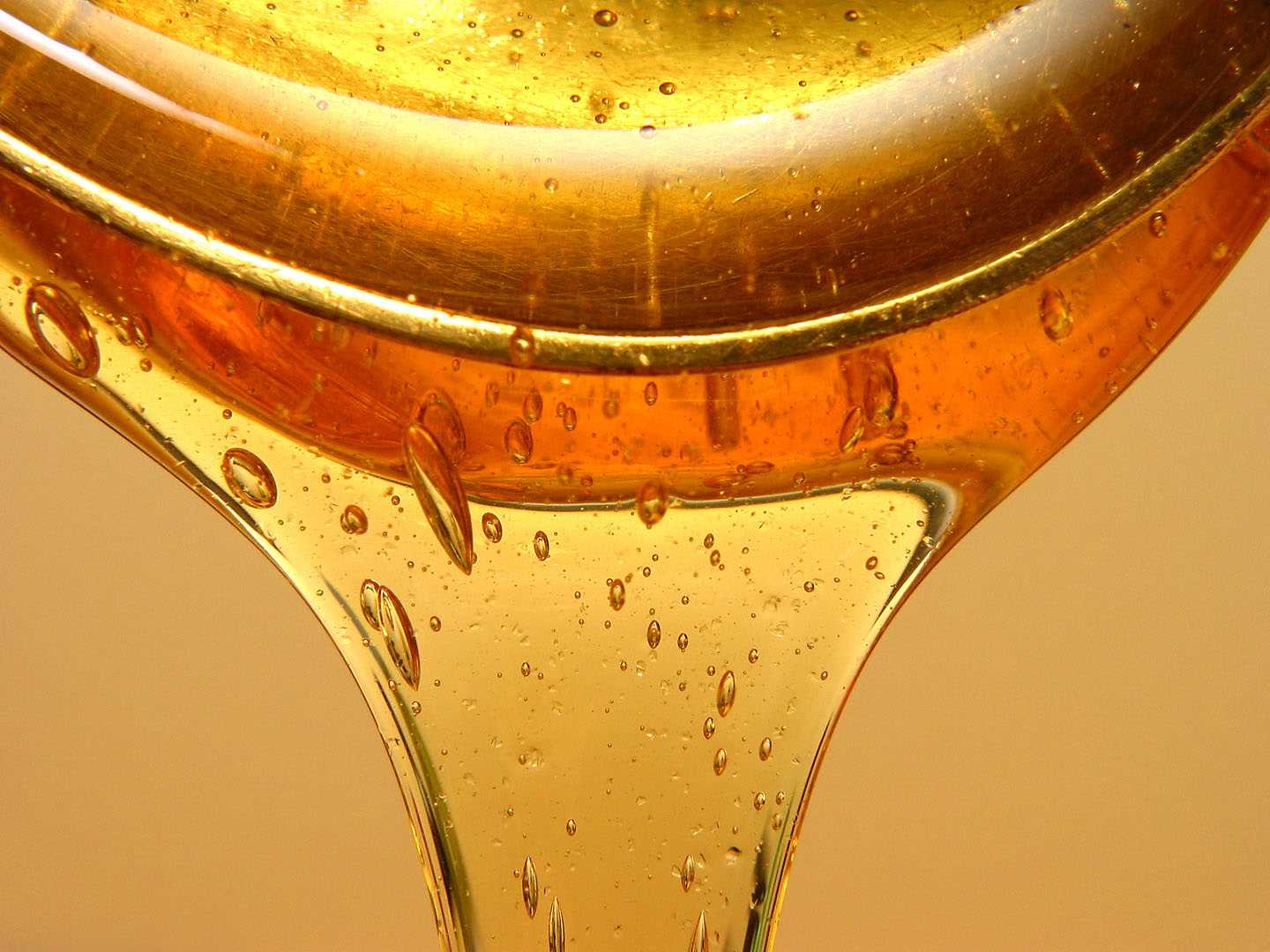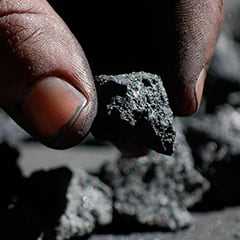EnviroMail 63 Canada
Passive Air Sampling for VOCs – Selecting the Best Technique
Fig. 1. Passive TD tubes in a shelter (at right)
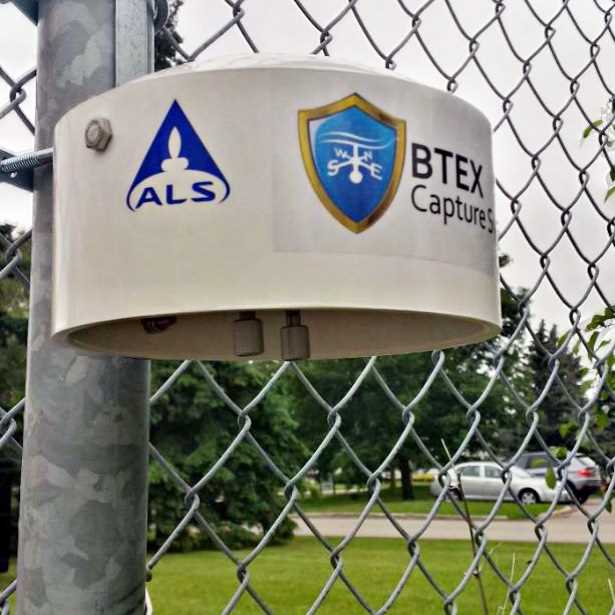
ALS Project Managers are often asked about air sampling options for Volatile Organic Compounds (VOCs) that are easy to conduct in the field, especially in remote areas, or where the desired duration of sampling is too long for active sampling techniques that require calibrated pumps and power sources.
Passive air sampling generally refers to the collection of air samples without a pump, where sample collection is reliant on the movement of air by diffusion, which includes techniques such as passive thermal desorption (TD), VOC badges, and Radiello samplers. “Whole air” samples can also be easily collected into evacuated canisters through a flow regulator; although sometimes considered a form of active sampling, canister sampling is included within this review as a passive sampling option because it does not require a pump.
Passive air sampling techniques are becoming more popular due to their simplicity, ease of use, and applicability for a wide range of analytes and monitoring applications, especially where longer sampling times and time-weighted average VOC concentrations are desired.
Choosing the optimal sampling technique for testing of VOCs in air ensures that test results will meet project requirements, including regulatory applicability, targeted VOC analytes, sampling time requirements, and whether the application is for soil vapour, ambient air, indoor air, or personal sampling. Table 1 summarizes the key elements and applications of the four passive sampling options available through ALS Canada for VOCs in air. A partial list of the compounds available for testing by each method is shown in Table 2.
Table 1. VOC Passive Sampling Techniques & Applicability
| Silonite Canister | Passive TD Tube | VOC Badge | Radiello | |
| Ambient Air | ✓ | ✓ | ✓ | |
| Indoor Air | ✓ | ✓ | ✓ | ✓ |
| Personal Sampling | ✓ | |||
| Soil Vapour | ✓ | ✓ | ||
| Max. Sampling Time | 24 hours | 14 days | 8 hours | 7 days |
| Media Access (Purchase or Rent) | Rent | Rent | Purchase (SKC 575-00X badge) | Purchase (reusable holder + media) |
| # of VOCs Reported | > 100 (routine scan 66) | 22 | 44 | 31 |
| Instrumentation | GC/MS | TD-GC/MS | GC/MS | GC/MS |
Silonite Canisters
Of the four options shown in Table 1, canister testing is the only direct measurement technique that does not rely on an experimentally determined diffusion or uptake rate for the calculation of VOC concentrations in air. Passivated canisters are supplied under vacuum, and air is drawn in at a precisely controlled rate upon connection of a flow controller, which avoids the need for a calibrated pump. Analysis is done on “whole air” and many other parameters beyond the standard VOC lists can also be analyzed on the same canister without impacting reporting limits (e.g. reduced sulfur compounds, fixed gases, F1 and F2 petroleum hydrocarbons). Canisters can be used to sample indoor air, ambient air, and soil vapour, and they are tolerant of a wide range of temperatures, with sampling possible from -30 to 80 ⁰C. The size of canister needed is dictated by the required sampling time, and does not influence reporting limits. Canister sampling is compliant with all common Canadian federal (e.g., CCME, NPRI, Health Canada) and provincial (e.g., BC ENV CSR, Ontario Reg. 153/04 & Reg. 419, Alberta Environment Protection) requirements for VOC testing. Shipping is straightforward, and air shipments can use commercial courier express services, because canisters are not pressurized. Instrumental analysis is by GC/MS, and is based on the EPA TO-15A reference method. ALS Waterloo currently offers ISO 17025 accredited testing for over 100 analytes by canister analysis, including all those indicated as “routine” in Table 2. For more details about this technique, please refer to EnviroMail 25.
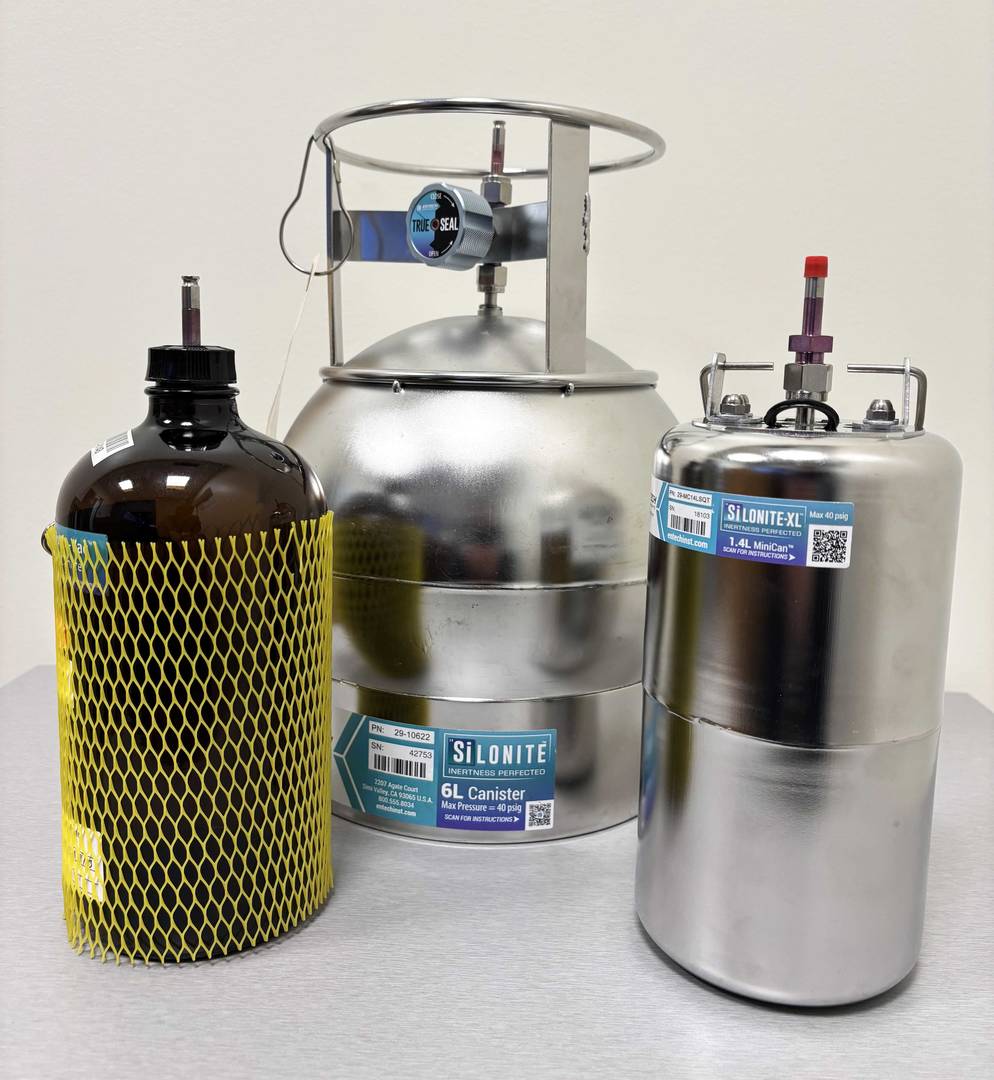
Passive Thermal Desorption Tubes
VOCs sampled onto a passive TD tube provide a non-intrusive and long-term continuous sampling option for up to 14 days per tube. VOCs from the sampling environment are collected by the diffusion of air across the opening of the tube to which a passive diffusion cap is attached at deployment. Long-term deployment allows for continuous sampling, with replacement of tubes every 14 days. The tubes are robust and can tolerate year-round hot and cold ambient temperatures. During analysis, VOCs are thermally desorbed from the adsorbent tube into the gas phase for re-collection and GC/MS analysis. The limiting factor for the use of this method is the availability of referenceable uptake rates for specific VOCs. This technique complies with US EPA Method 325A, LEED certifications, and the WELL Building Standard, and is very effective and widely used in LDAR (leak detection and repair) programs in the oil and gas industry for sampling inside office buildings or residences. The compact size of the TD tube allows for cost effective shipping and inconspicuous sampling, and refrigeration is not required. ALS Waterloo currently offers validated and ISO 17025 accredited analysis for 22 VOCs by this method, as shown in Table 2. For more details about this technique and about the North American fenceline monitoring application, please refer to EnviroMail 04.
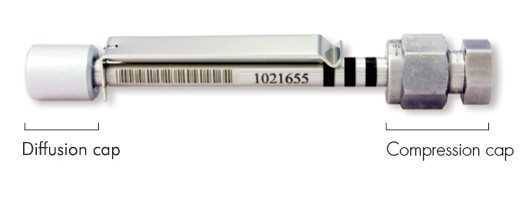
VOC Badges
VOC badges are most often used as personal sampling devices for workplace health and safety applications to determine worker exposure. The device is clipped onto the clothing of the worker, its cap is removed, and the badge is exposed for up to 8 hours. At the lab the media/resin in the badge is desorbed with a solvent and the sample extract is analyzed by GC/MS. This sampling technique is extremely simple, and provides exposure data for up to 44 volatile organic analytes, as listed in Table 2. VOC badges are compliant for Occupational Health and Safety programs and meet Canadian federal requirements for the Ministry of Labour. VOC badges should be kept cool (4⁰C) during storage and shipment.
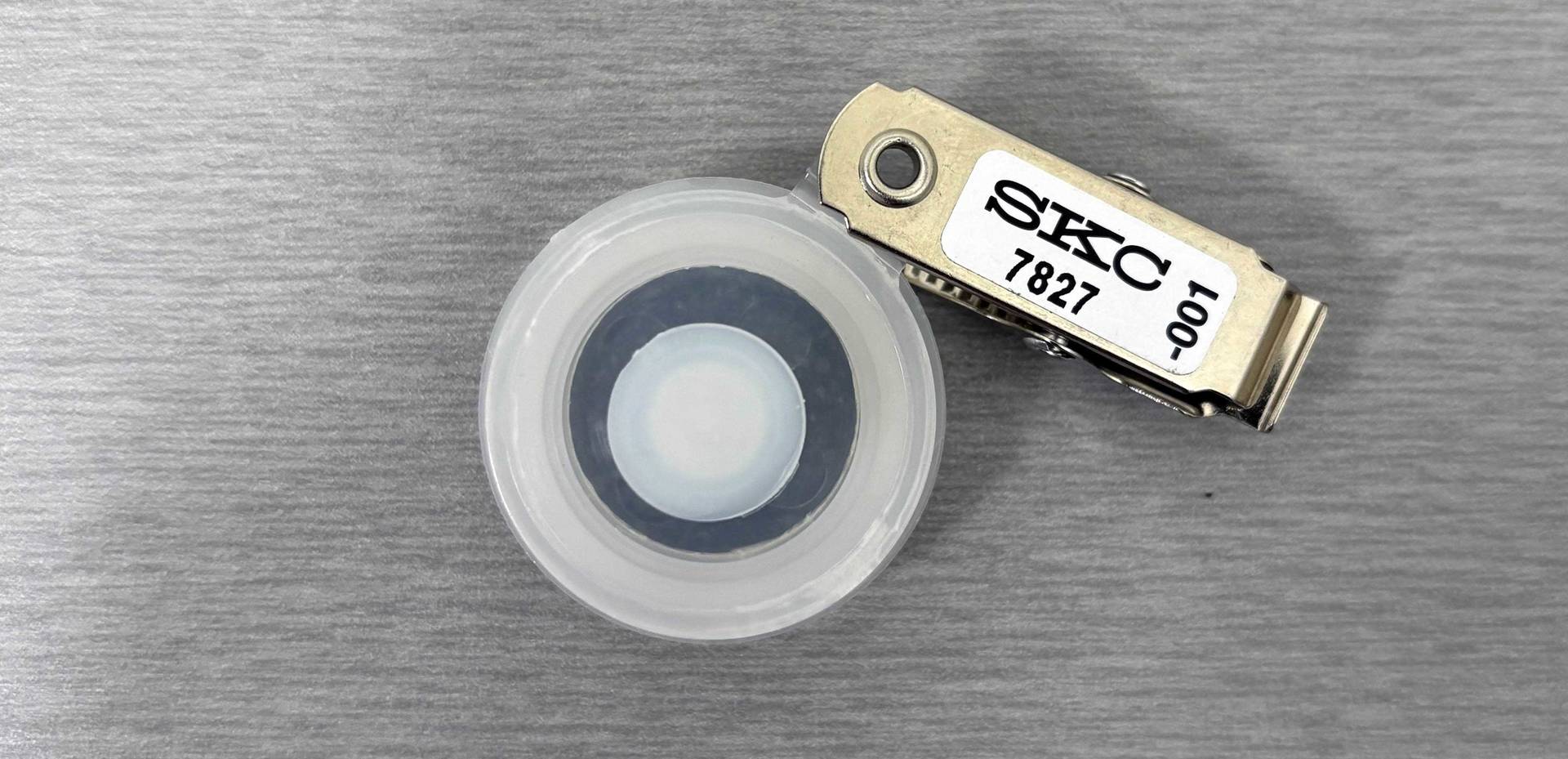
Radiello Samplers
Sampling VOCs using Radiello samplers allows for another passive sampling option for VOCs in indoor and ambient air. The holder and diffusive body are a one-time purchase and media can be deployed for up to 7 days (indoor or outdoor). This versatility is supplemented by the ability to report air concentrations for up to 31 discrete VOCs, including light hydrocarbons (C3 - C11) and BTEX, as shown in Table 2. Radiello is not specified or endorsed in federal or provincial regulations, but their simplicity, versatility, and robust design makes them a popular option for mining sites and other industrial sites that require diagnostic air testing. Radiello samplers can also support testing for non-VOC parameters such as H2S, formaldehyde, NO2, SO2, and HF.
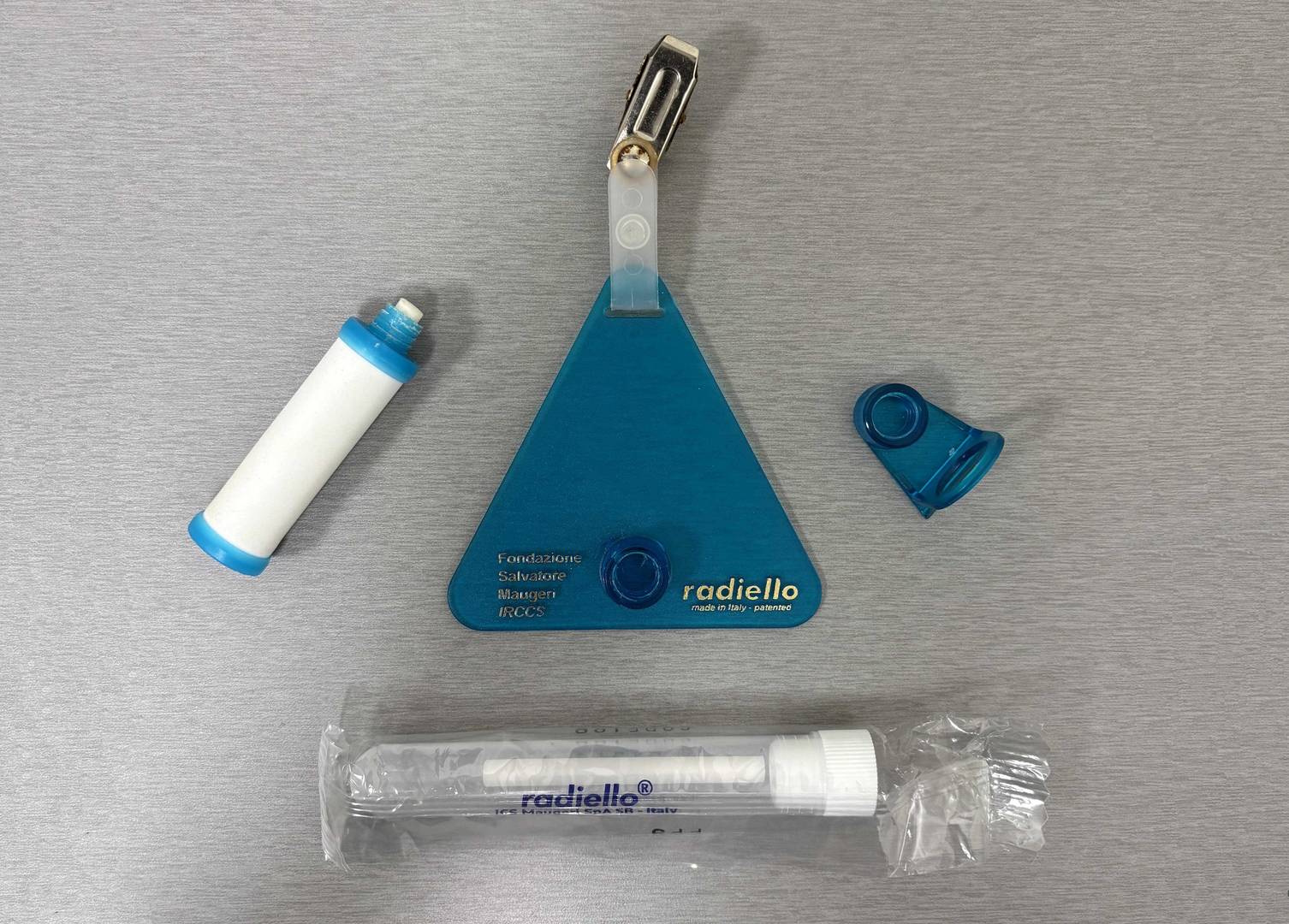
For more information about any of these passive air sampling options, or to request sampling media and instructions, please contact your ALS Canada Project Manager. Please refer to ALS Waterloo’s CALA scope of accreditation for current accreditation status of our canister and TD tube methods.
Table 2. VOC Passive Air Sampling Media Applicability by Parameter
| Compound | Media | Compound | Media | Compound | Media |
| Acetone | C | Dichlorobenzene, 1,3- | C,T,B | Methylhexane, 2- | C* |
| Acetonitrile | C* | Dichlorobenzene, 1,4- | C,T,B,R | Methylhexane, 3- | C* |
| Acrolein | C* | Dichlorodifluoromethane | C | Methyl isobutyl ketone [MIBK] | C,B,R |
| Acrylonitrile | C* | Dichloroethane, 1,1- | C,T | Methylpentane, 2- | C* |
| Allyl chloride | C,T | Dichloroethane, 1,2- | C,T,B,R | Methylpentane, 3- | C* |
| Benzene | C,T,B,R | Dichloroethylene, 1,1- | C,T | Methyl-tert-butyl ether [MTBE] | C |
| Benzyl chloride | C | Dichloroethylene, cis-1,2- | C,T,B,R | Naphthalene | C,B,R |
| Bromobenzene | C* | Dichloroethylene, trans-1,2- | C | Nonane, n- | C*,B,R |
| Bromochloromethane | R | Dichlorofluoromethane | C* | Octane, n- | C*,B,R |
| Bromodichloromethane | C | Dichloromethane | C | Pentane, n- | C* |
| Bromoform | C | Dichloropropane, 1,2- |
C,T,B,R | Pinene, alpha- | C* |
| Bromomethane | C | Dichloropropane, 1,3- | C* | Propane | C* |
| Butadiene, 1,3- | C,T | Dichloropropylene, cis-1,3- | C,B | Propylbenzene, n- | C*,B,R |
| Butane | C* | Dichloropropylene, trans-1,3- | C,B | Propylene | C |
| Butanol, n- | C* | Dichlorotetrafluoroethane, 1,2- | C | Styrene | C,T,B,R |
| Butanol, sec- | C* | Diethyl ether | C* | Tetrachoroethane, 1,1,1,2- | C*,B |
| Butyl acetate | C* | Dioxane, 1,4- | C | Tetrafluoroethane, 1,1,1,2- | C* |
| Butyl alcohol, tert- | C* | Dodecane, n- | R | Tetrachloroethane, 1,1,2,2- | C,B |
| Butylbenzene, n- | B | Ethanol | C* | Tetrachloroethylene | C,T,B,R |
| Butylbenzene, sec- | B | Ethyl acetate | C | Tetrahydrofuran | C,B,R |
| Carbon disulfide | C | Ethylbenzene | C,T,B,R | Toluene | C,T,B,R |
| Carbon tetrachloride | C,B,R | Ethyl methacrylate | B | Trichlorobenzene, 1,2,4- | C |
| Chlorobenzene | C,T,B,R | Ethylene oxide | C* | Trichloroethane, 1,1,1- | C,T,B,R |
| Chlorodifluoromethane | C* | Ethyltoluene, 2- | C* | Trichloroethane, 1,1,2- | C,B,R |
| Chloroethane | C | Ethyltoluene, 3- | C* | Trichlorofluoromethane | C |
| Chloroform | C,B,R | Ethyltoluene, 4- | C,T | Trichloroethylene | C,T,B,R |
| Chloromethane | C | Heptane, n- | C,B,R | Trichloropropane, 1,2,3- | C* |
| Chlorophenol, 2- | C* | Hexachorobutadiene | C | Trichloro-1,2,2-trifluoroethane, 1,1,2- | C |
| Chloroprene | C* | Hexane, n- | C,B,R | Trimethylbenzene 1,2,3- | C* |
| Chloropropene, 3- | C* | Hexanol, 1- | C* | Trimethylbenzene 1,2,4- | C,B,R |
| Chlorotoluene, 2- | C* | Hexanone, 2- | C,B | Trimethylbenzene 1,3,5- | C,T,B |
| Cyclohexane | C | Isobutylene | C* | Trimethylpentane 2,2,4- | C |
| Cymene, m- | C* | Isoprene | C* | Total hydrocarbons, as carbon | B |
| Cymene, p- | C* | Isopropyl alcohol [IPA] | C | Undecane, n- | R |
| Decane, n- | C*,B,R | Isopropyl benzene | C,B | Vinyl acetate | C |
| Dibromo-3-chloropropane, 1,2- | C*,B | Limonene | C* | Vinyl bromide | C |
| Dibromochloromethane | C | Methyl acrylate | C*,B | Vinyl chloride | C |
| Dibromoethane, 1,2- | C,B | Methylbutane, 2- | C* | Xylene, m+p- | C,T,B,R |
| Dibromomethane | C* | Methylcyclohexane | C* | Xylene, o- | C,T,B,R |
| Dichlorobenzene, 1,2- | C,T,B | Methyl ethyl ketone [MEK] | C,B,R |
C = Canister (routine); T = TD tube; B = Badge; R = Radiello
C* = optional compounds available by canister





